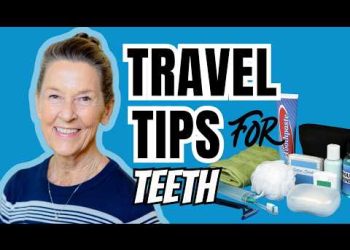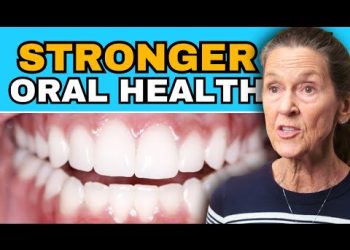Common Brushing Mistakes
Brushing your teeth is a fundamental part of oral hygiene, yet many adults unknowingly engage in practices that could harm their dental health. This article highlights common mistakes that could be damaging your teeth and gums and provides tips on how to correct them for better oral care.
Stop Brushing Side to Side
Many people brush their teeth using a side-to-side motion. This technique, although common, can harm the gums, potentially leading to gum recession. Instead, it’s recommended to use the Bass technique, which involves holding your toothbrush at a 45-degree angle to effectively clean along the gum line.
Wait After Eating
Brushing right after eating, especially when the mouth’s pH is lower than 5.5, can lead to tooth demineralization. It’s advisable to wait about 30 minutes after eating before brushing. During this time, drinking water or using alkaline mouth rinses can help neutralize acids in the mouth.
Avoid Over Brushing
While keeping your teeth clean is important, brushing too often can wear down enamel and damage gums. More than two to three times a day may be excessive. Instead, consider alternatives like using a sugar-free gum or a mouth rinse to freshen your breath without causing harm.
Choose the Right Bristles
Using a hard or medium bristle brush might seem like it would clean better but it can actually damage your gums and enamel. Soft or extra soft bristles are recommended, especially if you have existing gum recession. Combine this with the right technique for effective cleaning without harm.
Rinse Wisely
Rinsing with water immediately after brushing washes away the fluoride from the toothpaste, diminishing its protective benefits. To gain maximum benefit from fluoride, leave the toothpaste on your teeth without rinsing immediately after brushing.
Regularly Change Your Brush
It’s important to replace your toothbrush or brush heads every three months to ensure effective cleaning and to prevent bacterial build-up. Keeping your toothbrush fresh is as crucial as changing your bedsheets regularly.
Tongue Scraping
Cleaning your tongue is often overlooked but plays a vital role in overall oral hygiene. It helps remove bacteria coating that forms on your tongue overnight. A stainless steel scraper is recommended over plastic for durability and effectiveness.
Floss Daily
Flossing is essential for removing food particles and plaque between teeth that a toothbrush cannot reach. Consistent flossing helps prevent plaque build-up and gum disease, which are common causes of tooth loss.
Toothbrush Placement
Storing your toothbrush too close to the toilet could expose it to bacteria from flushing. Ideally, your toothbrush should be at least six feet away, or simply closing the toilet lid before flushing can minimize contamination.
Avoid Charcoal Toothpaste
While charcoal toothpaste is famously marketed for whitening, it remains unregulated and may be too abrasive, potentially harming your enamel. It’s recommended to verify the safety of such products or consult with a dental professional before use.











